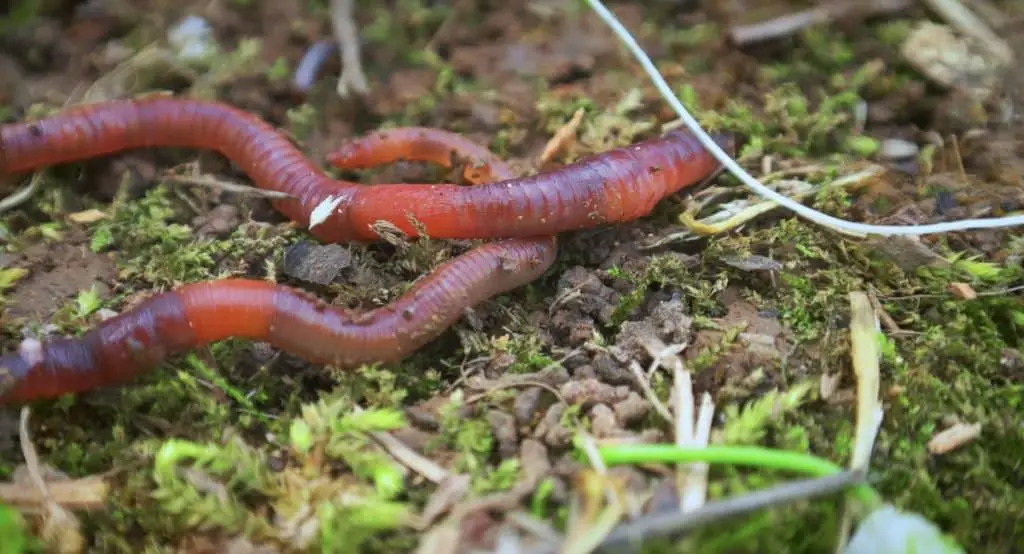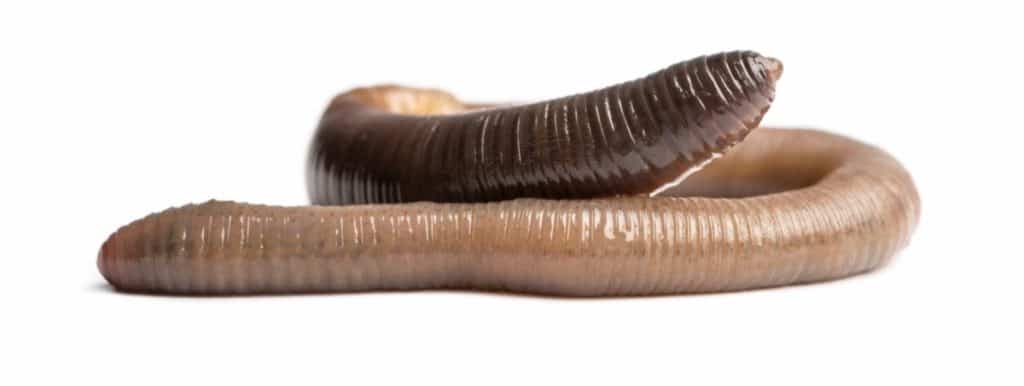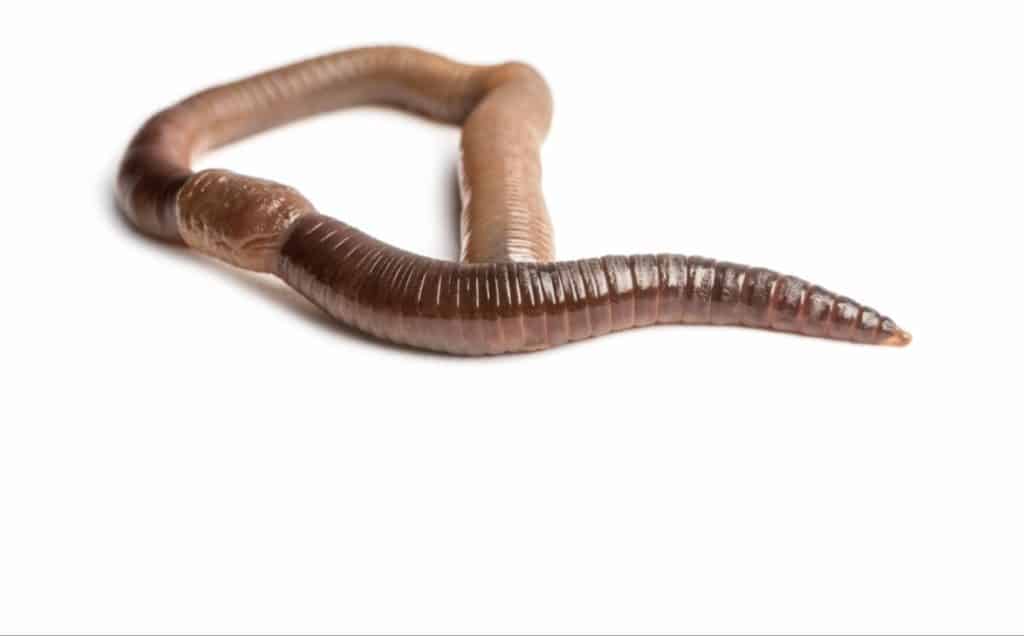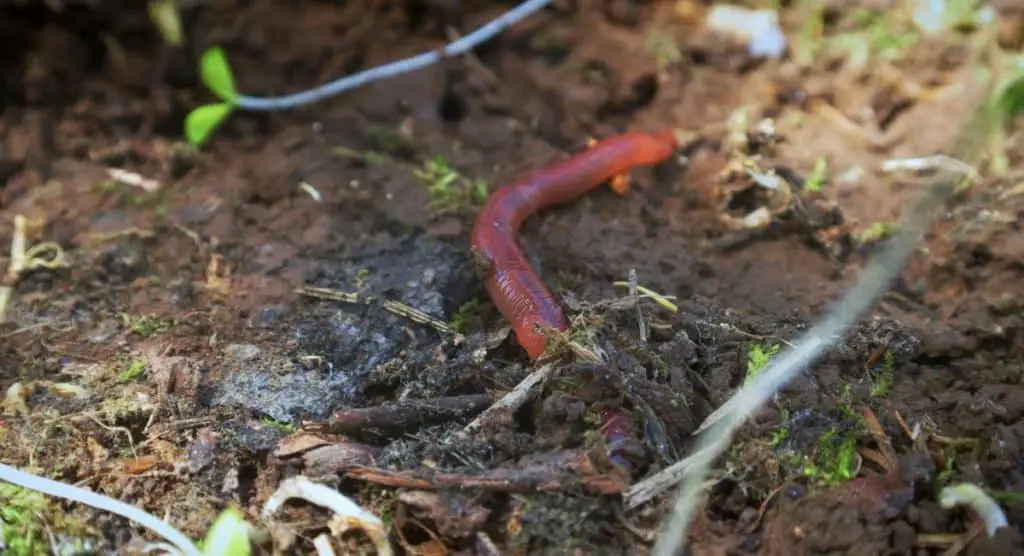Who in the world would have pet worms? Someone who keeps their worms after a fishing trip! There is no reason to dispose of the worms that you do not use. They are simple to care for and the next time you go fishing you will have a lot more worms than what you came home with. This is because worms left to their own devices multiply quickly. If you only have a half a dozen left then store them in the refrigerator. If you want to save money, then store them in a worm box outside and watch them populate. I’ve done it and so can you. I’ll explain how.

So what do you feed your fishing worms? There are a few options to choose from; powdered worm food, damp coffee grounds or fruit and veggie scraps. Use your blender on the fruits and veggies to break them up into smaller pieces and then sprinkle the scraps on the top of the worm box. Avoid citrus, meat, onions and dairy. The worms will avoid them and they will eventually rot in the bin. One of their favorite treats, just lay a soft piece of bread on top of the moist soil. The next time you lift up a corner of the bread they will be piled up underneath it.
Is writing about the outdoors or fishing something that you think you would like to do? It’s possible to make income by doing so. If you are interested check out this link to see how I do it.
I will cover more in depth the who, what, when, where, and why’s of what to feed your fishing worms. We will cover how to make your own worm bin, how often to feed your worms and many other interesting facts about taking care of fishing worms.

How to Take Care of my Fishing Worms
Here are the top three ways to keep your fishing worms alive and what food to feed them.
- Keep worms in the refrigerator. This works best if you have less than a dozen worms left. But they will have to be used within a month’s time.
- Place worms in a styrofoam container. If your worms came in a decent container then you will not need to transfer them. If you do transfer them make sure to move all the soil and any shredded paper that came in the original container.
- Feed your worms once a week (this varies, depending on who you talk to). You can sprinkle 2 to 3 tablespoons of used coffee grounds into the container, but make sure they are damp. You can also sprinkle a couple of teaspoons of powdered worm food over the top of the worms. This can be found in most bait and tackle shops or on Amazon.

How to Make a Worm Bed
Worm beds are larger versions of a worm bin. You can find worm bins at most gardening centers but they will be pretty small. A worm bed is actually something you construct in your yard. This will give you large earthworms and excellent compost.
There are tons of creative worm bed ideas all over the internet. You can use large plastic bins, styrofoam coolers, or even a large fish aquarium. But the ultimate way to make a worm bed is to dig it right in the ground. You can make it as large as you like, just start digging. You can make it square or rectangle shaped. Once you have the pit done, line it with cardboard and use wooden boards up the sides. You then need to shred and moisten any old newspapers you have lying around. Make a large, fluffy layer in the bottom of the pit. This makes the bedding for the worms. Next you add the worm, soil, and food scraps. Now, just sit back and allow the worms to turn it into rich soil and compost, as well as multiply like crazy. Throw a soaked piece of cardboard in there as you layer the paper and dirt. The worms love the corrugations in the cardboard and will use the tiny holes to lay eggs. One egg could hatch 9 baby worms in a few weeks and you’ll have worms in perpetuity.
**Tip: keep the worm bed moist or your worms will dry out and die**

Feeding Instructions
A full functioning worm bin will have about 6.5 pounds of compost worms. Uneaten food should not be more than 5cm deep. They prefer to eat their food before decomposition sets in. If not eaten before then, it will affect the life cycle of the worms and operation of the worm bin.
Start by feeding the worms a small amount of food each day. Worms can normally eat their own body weight in food. Slowly increase the amount you feed the worms as the population begins to grow. Building up a decent population can take approximately 3 months to accomplish. To take care of rotting scraps, you may need to gently mix a small amount of fibrous material into the top food layer.
How do Worms Reproduce
Worms will join together with their heads in opposite directions. Sperm is then passed from one worm to the other and is stored in sacs. A cocoon then forms on each of them, on the clitellum. Worms can and will double in population every 60 days and the breeding cycle takes 27 days from mating to the laying of the eggs. That is a lot of worms every other month!

What do Worms Need to Survive
This is an expansion of the beginning of the article. Major research uncovers hidden gems. Worms will eat dead plants, live plants, animal poop, and other microscopic animals. They also do not mind eggshells if you use your blender and grind them into powder to sprinkle atop the soil. Food, moisture, and oxygen are all that worms require to survive. Check the soil everyday to make sure it stays moist, but try not to get it too wet.
Moist soil ensures that the worms can breath. Oxygen from the water in the ground actually passes through a worms skin, keeping it alive. So worms do not actually drink anything, but will eat a wide variety of items.
Make your Own Worm Food (worm food recipe, so to speak)
Fruits, vegetables, grains, and cereals are just a few of the many options you have. They also need organic items, like tea bags and cardboard. If you choose to, you can mix everything in the blender. Otherwise just cut it into small pieces, and as it breaks down in the soil the worms will eat Newspaper or some kind of bedding will keep the bin dark, so the worms do not get confused and it also keeps the fruit flies at bay. Not only do the worms eat the organic materials they also use it to live in/under. Worms do not have a particular feeding schedule. You can feed them once a week, every 2-3 days, or once a day and they will thrive and multiply.
Worms do not have teeth and because of this, they need a little grit in their diet. You can use crushed oyster shells or rock dust as their source of grit. Or, you can simply use egg shells, which everyone usually has.

Do not feed your fishing worms meat, poultry, fish, dairy. Proteins attract different rodents. Junk food, such as chips, candy, or oils will attract ants. Oranges, lemons, and limes are toxic to worms because of the citric acid. Definitely never ever put any biodegradable material in the worm bin.
If you do not have enough scraps for the worm bin, because some of it goes to other animals, cornmeal is the perfect solution. Sprinkle 2-4 tablespoons onto the soil and it will satisfy the fishing worms just fine.
How to Grow Fishing Worms as Bait
If you fish very consistently with worms, then growing your own will be very beneficial to you. You don’t have to spend money on bait anymore and you get amazing compost for your plants and/or garden.
There are actually 3 types of fishing worms
- Mealworms
- Red worms (red wigglers)
- European Night Crawlers (super reds)
You decide which type of worm best suites your fishing style and needs. Most anglers prefer the mealworms for panfishing, the red worms for other edible fish, and the Europeans for the bigger fish (such as catfish, walleye, and largemouth bass).
Mealworms
Live mealworms can last up to nine months and can be used in various ways; in pastes and mixes, as live loose bait, or hair rigged just to name a few examples. There are different opinions on whether they are dead or alive. It is kind of a balancing act to keep them alive but NOT maturing. If they mature they will turn into Darkling Beetles.
European Night Crawlers
This type of worm is fat and juicy, making it hard for most fish to resist. They are easy to cultivate, very active, and can grow to be four to five inches long.
Here is a brief checklist on composting/growing the European Night Crawler
- The location can not be too warm nor too cold.
- Build or buy a bin, making sure it has air and drainage holes and a lid
- Order super reds online
- Set up the bedding. If you DIY the bin, pure peat moss makes extraordinary bedding
- Put the worms on the bed and allow them to dig in
- Feed them 2-4 times a week.
Every 3-6 months you will want to harvest material from the bin for your plants or garden.
Red Worms
These are smaller than the European night crawlers, but they still make exceptional bait. For these red worms you will basically be following the same process as above for setting up the bin, but it is suggested that you purchase tray-based worm bins. These make it easier to harvest the humus (worm poop). Everything else about harvesting is exactly the same has it is for the European Night Crawlers
There you have it folks, the ins and outs and dos and don’ts of feeding your fishing worms, making your fishing bin, and what not to feed your fishing worms. It will save you money, because you won’t have to purchase worms when you want to head out and go fishing. Heck, you could even package and sell the soil and sell the worms and make a little bit of money. Who doesn’t like money!?
Whatever you choose to do, there is an abundance of information and already packaged worm food and worms to get you started and to keep you going. Worms could possibly be one of the easiest ‘pets’ to take care of, and as a bonus you get awesome plants/garden fruits and vegetables from the compost that the worms help produce.


